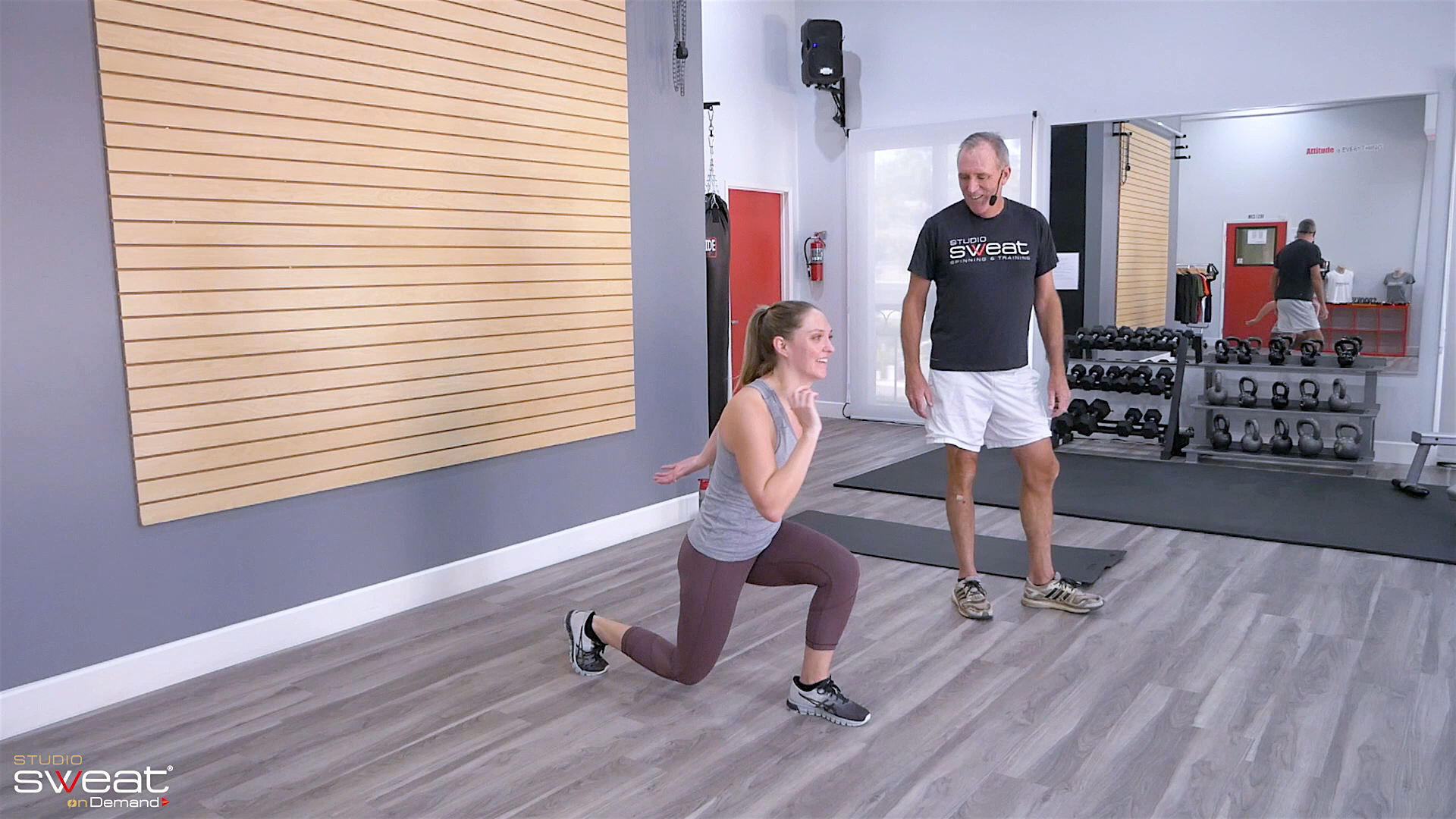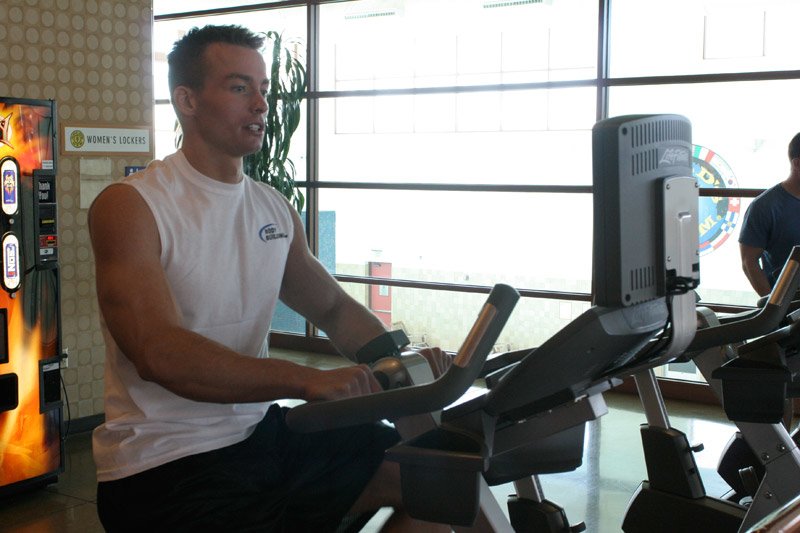

If you need a break then listen to your body and take it slow. Remember that you are not trying to exhaust yourself, just to get your heart pumping a little bit faster. Grab your coat and some comfortable shoes and head out for a brisk 30 minute walk. Three must-try low-intensity workouts you can try now 1. Studies have shown that a program of low-intensity workouts for the elderly can reduce indicators of frailty by improving flexibility, strength and coordination. Low-intensity workouts are great for older adults. Taking care of your joints and bones is extremely important, especially as we age. Because low-intensity workouts are more gentle, there is less stress on your joints. Working out so intensively that you can barely move a muscle the next day can be extremely demotivating.įor those of you who have joint pain, or have been out of the physical exercise game for a while, a low-intensity workout is the perfect way to get moving. Going too hard and fast is a recipe for injury. Starting slowly is the best way to ensure you continue. LISS workouts are a wonderful way to begin exercising - especially if you are new to fitness, or recovering from an injury or illness. So even if you don’t sweat like a horse after your workout, you can rest assured that you are still burning those calories. Research shows significant reduction in body fat for both high and low-intensity physical exercise.

Another study conducted on obese women showed improvements in fat metabolism for participants who did low-intensity workouts. Do you still burn fat with a low-intensity workout? The HIIT control group actually showed signs of increased anxiety, although this dropped after the exercises were complete. One study found that anxiety diminished during a low-intensity workout. Low intensity workouts can also be beneficial if you experience anxiety. Some examples of low-intensity workouts are: When your heart beats at around 50% of its capacity, you are able to sustain the exercise for longer.

LISS workouts are more concerned with getting your heart rate to a sustained, consistent and manageable rate. Short sprints, burpees, climbers and squat jumps are all examples of HIIT exercises. What are the differences between HIIT and LISS workouts?Ī HIIT workout focuses on getting your heart rate up to its maximum by performing repetitions of short burst high-intensity activity. From there you can halve that number to get to your ideal low-intensity workout heart rate.

To get a generalized baseline of your maximum heart rate, subtract your age from 220. The aim with a LISS workout is to keep your heart rate at a steady 50% of its maximum for a sustained period of at least 30 minutes. The old saying ‘go hard or go home’ has no place in the low-intensity sustained-state world. You don’t push yourself to the limits, opting for a sustained and manageable period of physical activity at a pace that’s comfortable to you. What is a low-intensity workout?Ī low-intensity workout is a more moderate way of exercising. Low-intensity workouts are ideal for people who struggle to stay motivated at the gym, have joint discomfort or other conditions that prevent strenuous physical activity.īut do you need to hit your maximum every time you work out to get results? Perhaps it’s time to shine a light on a newer and more chilled-out fitness trend - low-intensity sustained-state, or LISS for short.


 0 kommentar(er)
0 kommentar(er)
